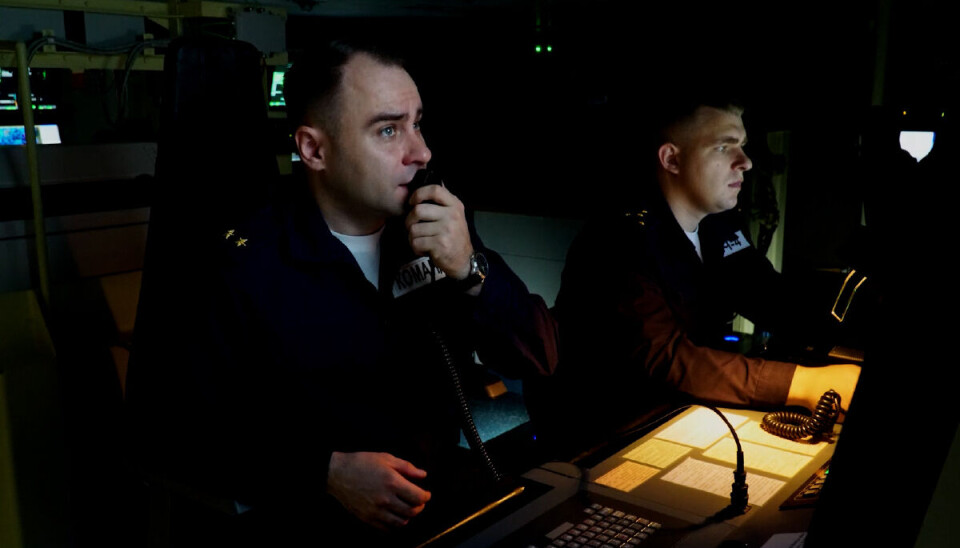US warships sailed into the Barents Sea
The two destroyers of the Arleigh Burke-class are the first US Navy surface warships to operate in the Barents Sea since the start of Russia’s all-out war on Ukraine in 2022.

The USS Jason Dunham and USS Stout are part of the Harry S. Truman Carrier Strike Group currently operating further south outside Norway.
Although the U.S. Naval Forces Europe in a press-release Wednesday evening tells that this is a “route maritime operates in the Barents Sea”, facts are different. US surface warships have stayed away from these waters after Russia launched its full-scale war on Ukraine.
The Barents Sea north of the Kola Peninsula are highly sensitive for the Russian nuclear-armed submarine fleet.
US Navy has not been operating the Arleigh Burke class guided-missile destroyers in the Barents Sea since a joint voyage with the British Navy in 2020.
The US navy is not telling how far east in the Barents Sea the two warships sailed.
Warfighting readiness
“The Barents Sea is an exceptionally unique and dynamic environment, and presents a great opportunity for Jason Dunham to reinforce our warfighting readiness in the Arctic,” said Aaron Jefferson III, commanding officer of the USS Jason Dunham.
The two destroyers entered the Barents Sea on Monday, October 21. Both are now back in the Norwegian Sea and the USS Stout made port-call to Tromsø Wednesday evening.
The two destoryers are capable of multi-mission tasks as they are armed with a range of surface-to-air, anti-surface, land-target missiles, and weapons for anti-submarine warfare.
Nuclear exercise
Russia is meanwhile making the Barents Sea ready for its annual strategic nuclear exercise, Grom (Thunder). Several NOTAM (Notice to Airmen) warnings go active on Monday October 26 in areas likely for submarine launched ballistic missiles.
Norwegian independent defense analyst Thord Are Iversen has mapped Russian navigation warnings and writes on X (Twitter) about which areas are effected by the up-coming nuclear drill.
Warnings include waters north of the Kola Peninsula, the White Sea and around Kap Kanin.
The Grom exercises traditionally include all three legs of Russia’s nuclear deterrence; submarine, long-range bombers and land-based missiles. In recent years, cruise-missiles launched from both warships, submarines and planes are used in the war games, supervised by Vladimir Putin.
Last week, the Russian frigate Admiral Kasatonov launched a Kalibr cruise missile from its position in the Barents Sea. According to a press release from the Northern Fleet, the missile hit a target 1,300 km away, at the Chizha shooting range at Kap Kanin.

Located in Kirkenes, Norway, just a few kilometres from the borders to Russia and Finland, the Barents Observer is dedicated to cross-border journalism in Scandinavia, Russia and the wider Arctic.
As a non-profit stock company that is fully owned by its reporters, its editorial decisions are free of regional, national or private-sector influence. It has been a partner to ABJ and its predecessors since 2016.